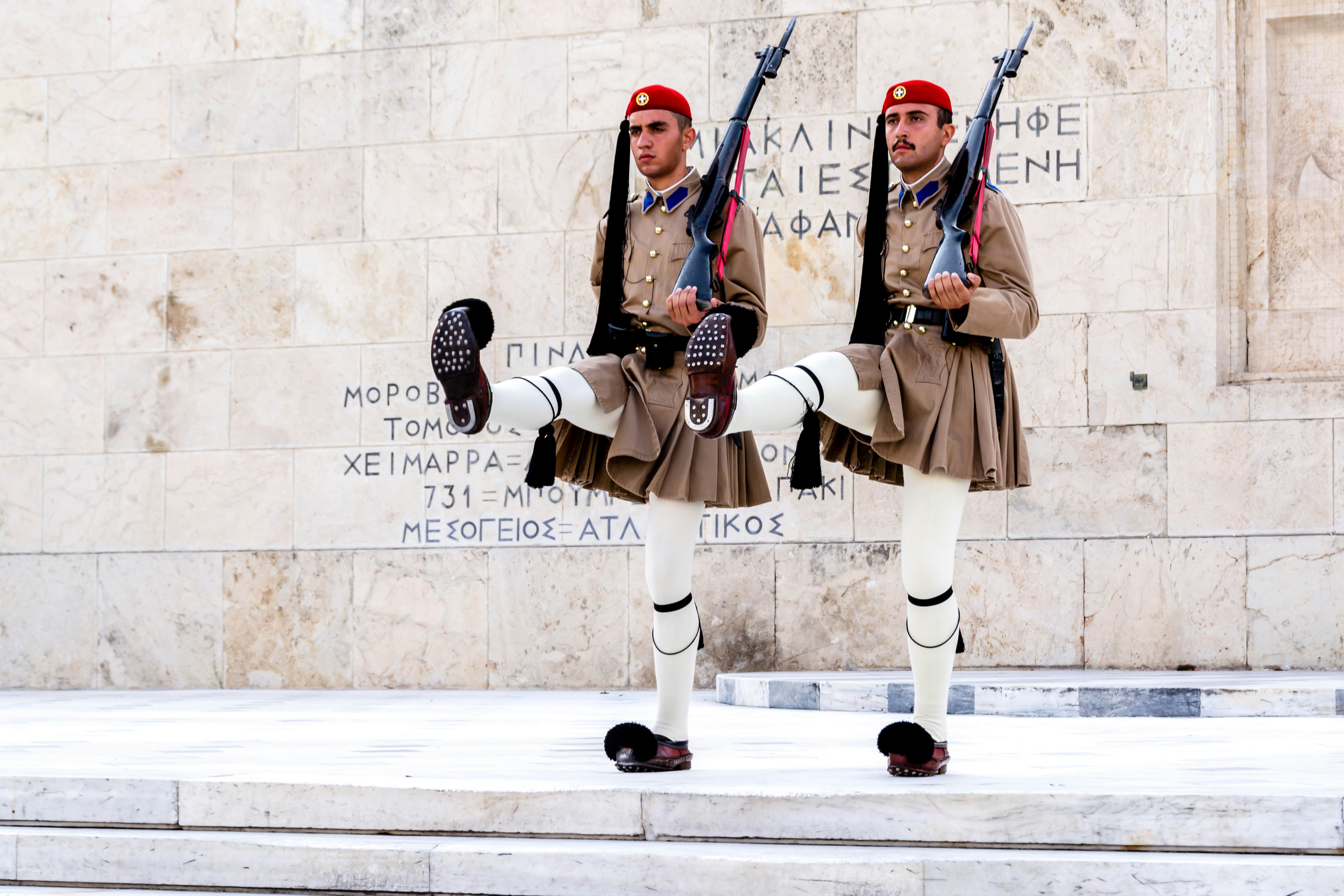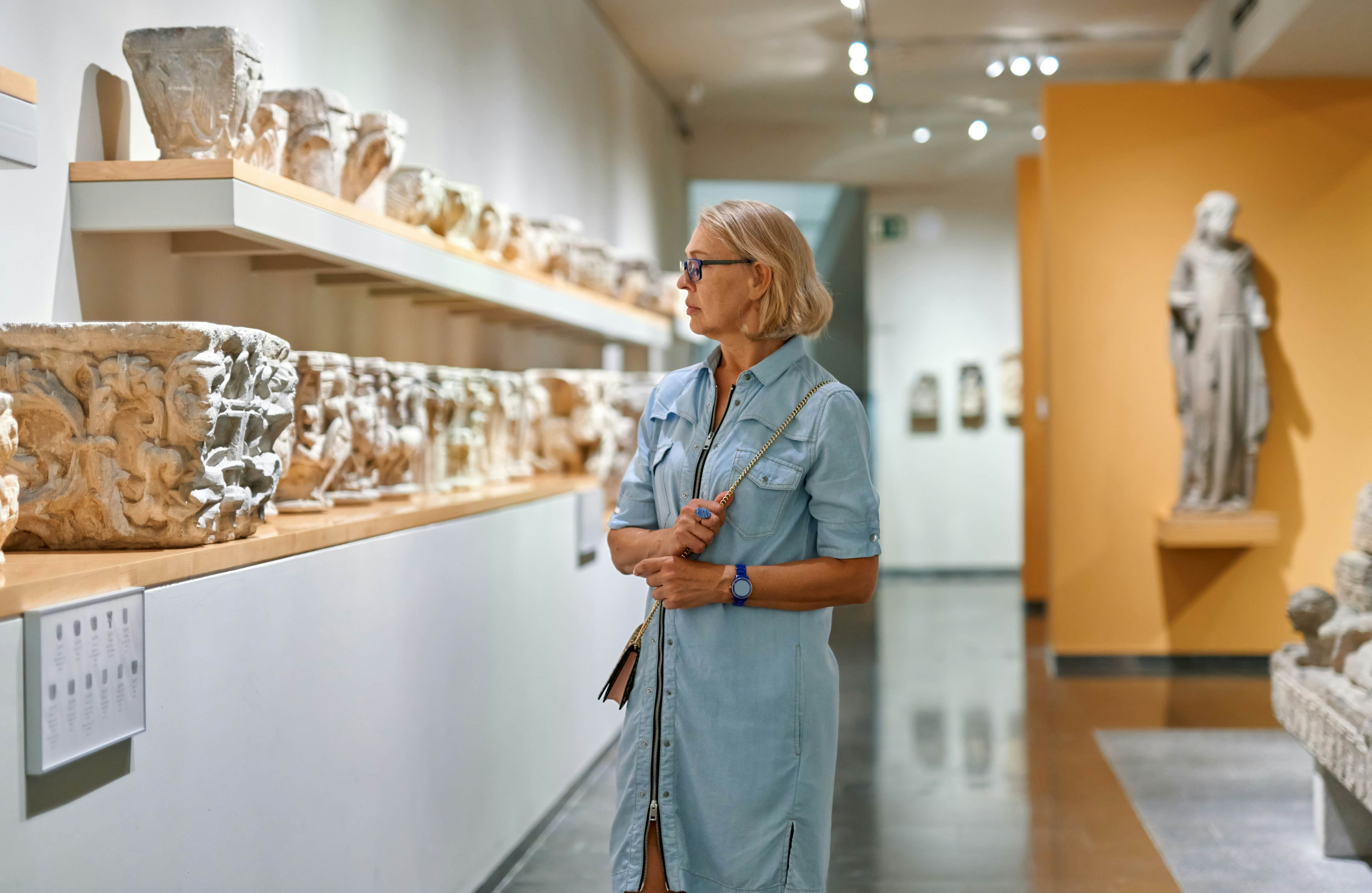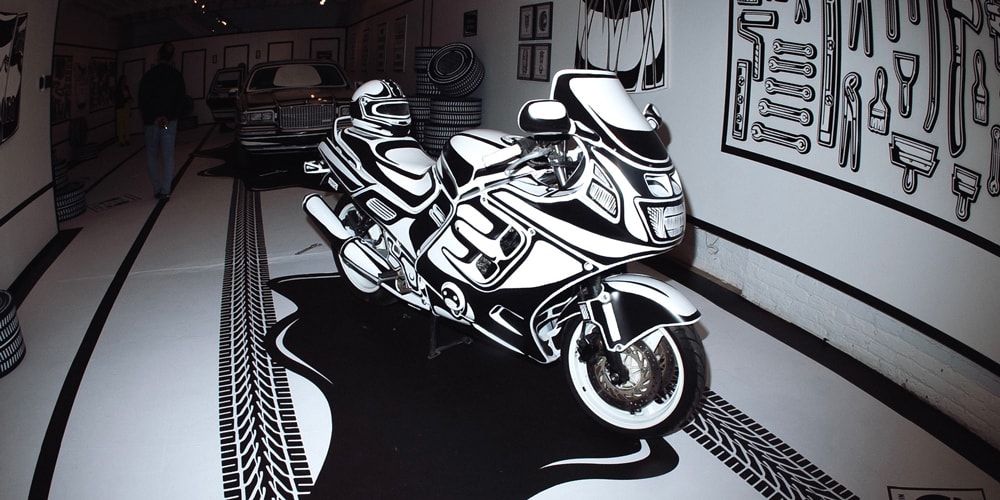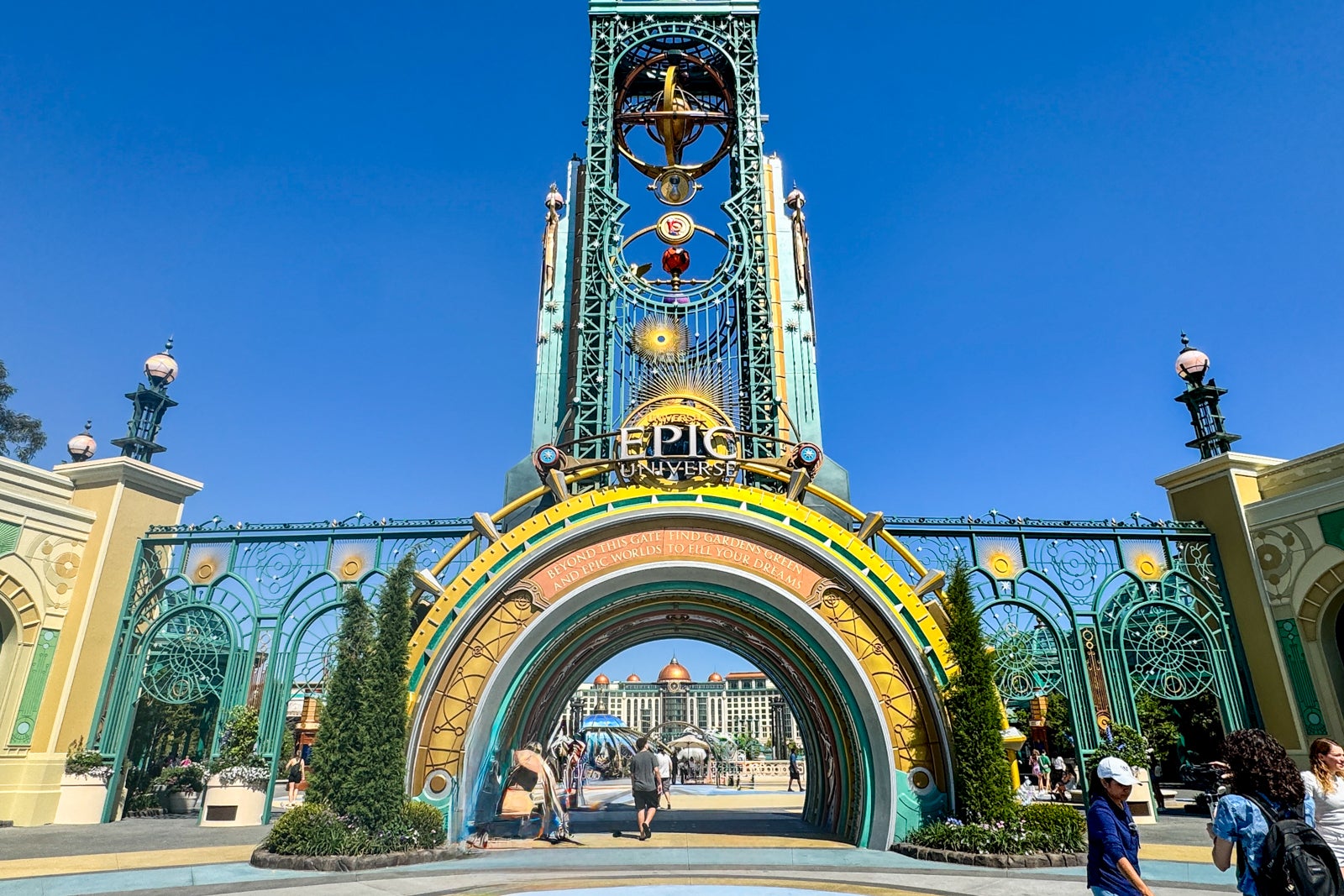16 things you’ll want to do in Athens
Athens offers unparalleled encounters with ancient history – and is a thriving 21st-century metropolis, too. Here are 16 ways to explore the city.

As the birthplace of modern Western civilization, sprawling Athens has enough august monuments to keep you busy for a week – or a lifetime.
Yet venture beyond the Parthenon, and you’ll discover a more youthful side to the city through new art galleries, languid cafes and outdoor cinemas. You’ll find the relics of antiquity here, for sure (as well as easy access to the heavenly Greek Islands), but also a forward-looking, multicultural metropolis that’s fully of the 21st century.
Here are a few of Athens’ best experiences.
1. Ascend the steps of the Acropolis to the Parthenon
The greatest symbol of the glory of Ancient Greece, the Acropolis rises spectacularly smack in the center of Athens. In the reign of Pericles, in the 5th century BCE, the hilltop was established as a religious sanctuary, and remained a center of Athens’ spiritual life for centuries.
Just as pilgrims of millennia past made their way to worship here, you can ascend the marble steps on the west side to find yourself dwarfed by the towering columns of the magnificent Parthenon.
Detour: Complete your ancient immersion by seeing a concert or play at the Odeon of Herodes Atticus.
2. Check out Athens’ hopping contemporary-art scene
Athens has become an essential stop for anyone who loves new art. From not-for-profit galleries like CheapArt Athens, the Basil and Elise Goulandris Foundation and the National Museum of Contemporary Art to well-established commercial spaces like The Breeder, the city’s creative side is thriving.
Also in the mix are a flurry of international artists who have moved to the city and set up outfits like Kypseli Print Studio – a print-screening space that hosts workshops for people of all abilities – and Haus N, a creative hub for new installations and works by young Greek artists. The creative scene only continues to get better here.
3. Conjure ancient Athens at Kerameikos
The city’s ancient necropolis is home to the Street of Tombs, where classical VIPs were interred. Many of the finest grave markers are replicas, with the originals on display at the small, absorbing on-site museum. This area was also the ceremonial entrance into ancient Athens – and though the gates no longer stand and the entrance road is now a paved city street, it’s still an interesting spot at which to pause and imagine the activity that took place here millennia ago.
4. Haggle over a souvenir at Monastiraki Flea Market
On Saturdays, central Athens throngs with shoppers looking for a bargain at the huge Monastiraki Flea Market, which takes place between the Monastiraki and Thisseio neighborhoods.
Here, traders open up their secondhand stores to flog a jumble of flea-market finds, vintage clothing and oddities ranging from vintage magazines punctuated with bold Greek lettering to mid-century furniture and bizarrely compelling bric-a-brac. Look hard enough, and you can find a buried treasure – and if not, you’ll surely leave with a little insight into how modern Athenians have furnished their homes for the past 60 years.
5. Visit the ancient Agora, the birthplace of democracy
Follow in the footsteps of Socrates and his various political and philosophical cohorts at the Agora, the heart of ancient Athens’ civic life and the birthplace of Western democracy. In the stately Stoa of Attalos (whose colonnaded arcades are echoed in the architecture of modern Athens), the Agora Museum displays unusual finds from ancient daily life. Also worth a visit is the exquisite, very well preserved Temple of Hephaistos. (See how many of the Labors of Hercules you can identify on its frieze.)
7. Watch the changing of the guard in Syntagma Square
In the heart of Athens stands the rose-toned Hellenic Parliament building on Syntagma Square. Try and catch the elaborate ritual of the changing of the guard, which happens every hour. Two guards always stand sentry here, dressed in traditional Evzones costume: tasseled fez hat, thick kilt and stockinged legs with pom-pom shoes.
In summer, the customary get-up gets so hot that these guards have to be dabbed at with tissues, as they are forbidden from moving as they stand on watch guarding the Tomb of the Unknown Soldier. It’s only on the hour that they can finally break free to move in perfectly choreographed synchronicity, kicking their legs high as they march off to end their shift.
7. See a show at the Stavros Niarchos Foundation Cultural Center
A contemporary Athenian wonder, the Renzo Piano–designed Stavros Niarchos Foundation Cultural Center is home to the Greek National Opera and the main branch of the National Library. Seeing a performance here will be a highlight of your trip – but there are plenty of free things to see and do as well, including a meander through the gorgeous Stavros Niarchos Park. Designed to showcase Mediterranean flora, the park’s gently sloping gardens are the perfect spot to relax and take in city views and cooling sea breezes.
8. Journey through history at the National Archaeological Museum
Athens’ preeminent museum houses the world’s largest and finest collection of Greek antiquities. Priceless items date from the Neolithic Era (6800 BCE) to the Cycladic, Mycenaean and Classical periods in the millennia that followed.
As you stroll through the galleries, it’s gratifying to discover iconic sculptures of Western art history here – such as the bronze figure of a bearded god and the hammered gold death mask of Agamemnon. Other surprises await, including frescoes from Santorini upstairs.
9. Drink in the local coffee culture
Athenians don’t wait until the weekend to head out to catch up with friends. Rather, they spend just about every day under the shade of orange trees nursing coffees and conversing for hours. By day, the leafy central neighborhoods of Pangrati and Exarchia are packed with locals spilling out from kafeneia (Greek cafes) and into the streets, philosophizing (a favorite activity of any Greek), playing backgammon on marble table tops and sipping slowly on a frappé.
10. Take a walk among soaring ruins at the Temple of Olympian Zeus
Greece’s largest temple was seven centuries in the making. Or rather, what once was Greece’s largest temple: today, only a handful of its colossal columns remain, the rest having been picked apart and repurposed for other structures. The temple was dedicated to Zeus and, unofficially, to the Roman emperor Hadrian, who was the one who finally completed the construction job – before erecting a statue of himself.
Planning tip: While you’re here, take note of Hadrian’s Arch, which congratulates the emperor on his achievement. And explorers can seek out a sanctuary to Pan on the far side of the site.
11. Visit the miraculous Church of Agios Dimitrios Loumbardiaris
At the foot of Filopappou Hill, this 16th-century church may not be the oldest in Athens, but it is certainly one of the loveliest, with a heavy timber roof, marble floors and the permanent scent of incense. A great 1732 fresco of St Dimitrios, astride his horse in a pose copied from ancient images of Alexander the Great, adorns the interior. With its wooden gate and bells, the churchyard almost conjures Japan – a touch by modernist architect Dimitris Pikionis, who also applied his precise style to the restoration of the back exterior wall, a delightful piece of stonework.
In 1648, the church was the site of a reported miracle. The Turks, ensconced on the Acropolis, prepared to fire a cannon on worshippers gathered in the church – before the gunner was killed by lightning, saving the congregation. This episode gave the church its name (Loumbardiaris means “of the cannon”).
12. Admire the treasures of the Acropolis Museum
Natural light cascades through the spacious galleries of the modern Acropolis Museum, illuminating the priceless treasures that have been removed from the hill and installed here for safekeeping. The pinnacle of the museum is the top-floor glass atrium, where the 528ft-long (161m-long) frieze from around the top of the Parthenon (minus the portion still held in the British Museum) is installed at eye level, allowing visitors to see all the details of this masterpiece in marble, and get a truer sense of its grand scale.
13. Learn the story of Greece at the Benaki Museum of Greek Culture
If you have time for only one museum, make it this one. This impeccable private collection encompasses the sweep of Greek history from ancient times through the mid-20th century. The museum occupies a stunning neoclassical mansion, with fine art and mundane folk objects – both equally beautiful – displayed chronologically.
As a kind of counterpoint to the ancient grandeur palpable at the city’s many archaeological sites, the Benaki collection tells the story of how Greece has absorbed foreign influences and ideas to create its uniquely syncretic culture.
14. Hit the beaches of the Apollo Coast
When the summer heat sets in, do as the Athenians do: escape to the beach. In the sweltering summer months, take the A1 tram to the Palaio Faliro neighborhood for a palm tree-lined promenade and a soft, sandy beach. Further south along the Apollo Coast are the more upmarket suburbs of Glyfada and Vouliagmeni, with no shortage of luxury beach clubs should you want a full day off from sightseeing. Out of season, Vouliagmeni has a burgeoning surf scene.
Planning tip: If you are willing to travel a little further for some beach time, grab the ferry to Aegina on a day trip.
15. Snap a shot on the winner’s pedestal at the Panathenaic Stadium
With its rows of white Pentelic marble seats built into a ravine next to Ardettos Hill, this ancient-turned-modern stadium is a draw both for lovers of classical architecture and sports fans who can imagine the roar of the crowds from millennia past. A ticket gets you an audio tour, admission to a tiny exhibit on the modern Olympics (mainly eye-candy posters) and the opportunity to take your photo on a winners’ pedestal.
Built in the 4th century BCE and restored for the first modern Olympic games in 1896, the grand stadium was first used as a venue for the Panathenaic athletic contests. It’s said that at Hadrian's inauguration in 120 CE, a thousand wild animals were sacrificed in the arena. Later, the seats were rebuilt in marble by Herodes Atticus.
16. Gaze over the city from Filopappou Hill at sunset
The mythical battleground of Theseus and the Amazons is today one of Athens’ best parks, studded with small ruins connected by beautiful stone paths that are themselves a minor architectural marvel. Make time in your schedule to come here around sundown one evening to watch the lights on the Acropolis switch on and glow gold against the blue sky.
Detour: To the north, the Hill of the Pnyx offers equally compelling views and is almost always empty.




























































































































































































































































